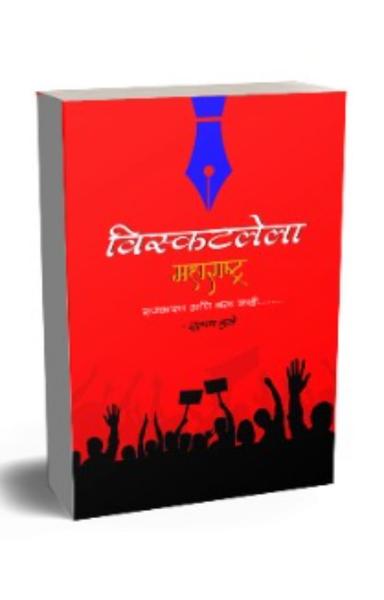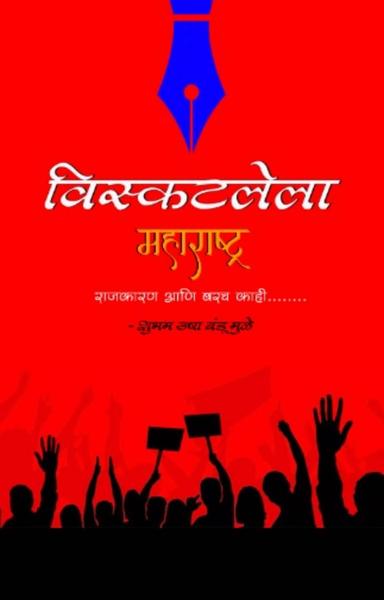Who is that one ancient Indian you will find on city billboards, newspaper advertisements, and self-help books sold by the street
side?
Kautilya or Chanakya, of course.
While his insights are now commonly invoked to sell real estate or to derive a listicle for corporate management, we forget that the Arthashastra at its core is about one abstract political institution that affects us in profound ways: the State.
The Beginning
Kautilya writes that in the absence of an effective king, matsyanyaaya-the law of the fishes-prevails. By this, what he means is that when the law is kept at abeyance, 'the strong do what they can and the weak suffer as they must'.' In that scenario, power becomes the only determinant of survival and success. Big fish eat small fish, and that's just the way the cookie crumbles.
Kautilya argues that it is only in the presence of a king who upholds the law that the weak can resist the strong. The king's dharma then is to ensure that the powerful do not trample over the disadvantaged. The king is duty-bound to punish the powerful who run amok. This primary function of the king is referred to as dandaniti (literally, the policy or practice of punishment) in the Indian philosophical tradition.
In this conception, the freedoms-'rights' in contemporary parlance-of individuals are not naturally ordained. They are a consequence of a political institution called the State that will use its power effectively and judiciously to protect these freedoms. Kautilya wrote:
People suffering from anarchy as illustrated by the proverbial tendency of a large fish swallowing a small one (matsyanyayabhibhutah prajah), first elected Manu, the Vaivasvata, to be their king; and allotted one-sixth of the grains grown and one-tenth of merchandise as sovereign dues. Fed by this payment, kings took upon themselves the responsibility of maintaining the safety and security of their subjects (yogakshemavah), and of being answerable for the sins of their subjects when the principle of levying just punishments and taxes has been violated.2
In this imagination, individuals metaphorically enter into a contract with a political institution. The terms of the contract are such that they submit some of their freedoms in return for the promise of security and well-being offered by the State.
In Western philosophy, this trade-off forms the basis of social contract theories. In Leviathan (1651), Thomas Hobbes argues that individuals cede all their rights in return for protection to a sovereign who is himself above the law. John Locke, writing after Hobbes, is more moderate. In his view, individuals surrender only some of their rights (liberty) to a government that rules by the consent of the governed. The primary role of the State then is to prevent the strong from harming the weak and ensure that every person is given an equal opportunity to succeed.
Even though we no longer have kings who 'rule' over people, what hasn't changed is the purpose of the Indian State. It exists to prevent matsyanyaaya. A lofty goal, isn't it? For this reason, the State as an institution is unparalleled in human society. Understanding it is key to understanding ourselves. That's where this book begins.











